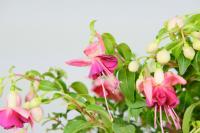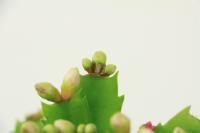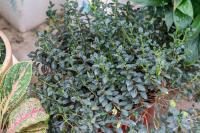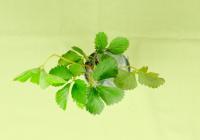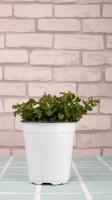1、 Improper watering
Reason: watering is a very important factor in the growth of hydrangea. If it is not watered for a long time, it will lead to excessive drought in the basin soil, improper absorption of water, dehydration of the plant and yellowing of the leaves. Once watered too much, it will also affect the roots, leading to root rot and yellow and dry leaves
Solution: Hydrangea needs to be watered normally during its growth. The watering shall follow the principle of seeing dry and seeing wet. Once there is too much water, the rotten roots need to be cut off, sterilized and replanted
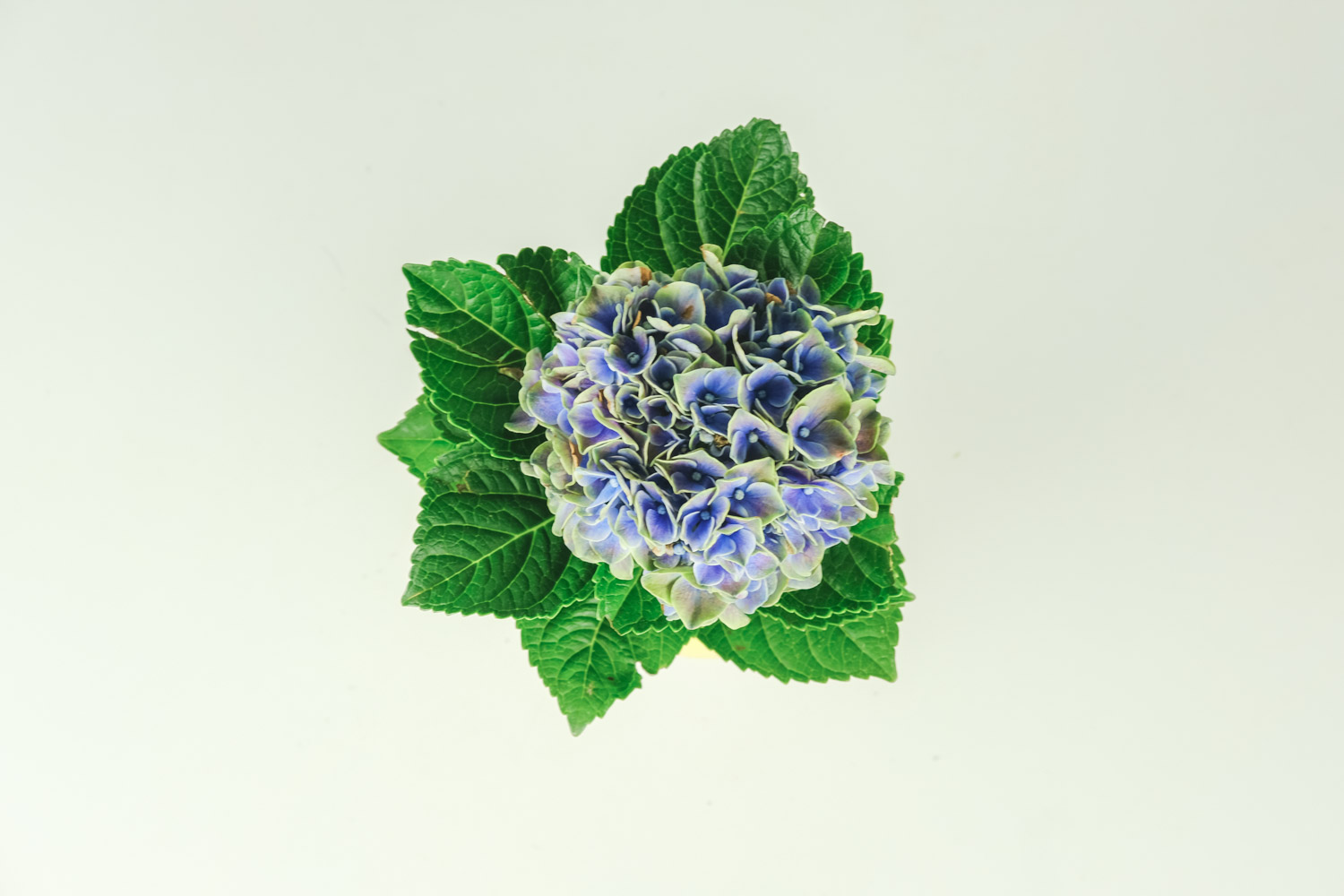
2、 Improper fertilization
Reason: if you don't apply fertilizer for a long time, the growth of the plant will be weak, resulting in lack of nutrition and yellow leaves. Once too much fertilizer is applied, the root system cannot absorb all the fertilizer, which will lead to the accumulation of fertilizer in the root system, causing fertilizer damage to the rotten root, and the leaves will naturally turn yellow
Solution: judge the growth trend and apply fertilizer appropriately to maintain the normal growth demand. If you apply too much fertilizer, increase the amount of water, or directly replace the soil
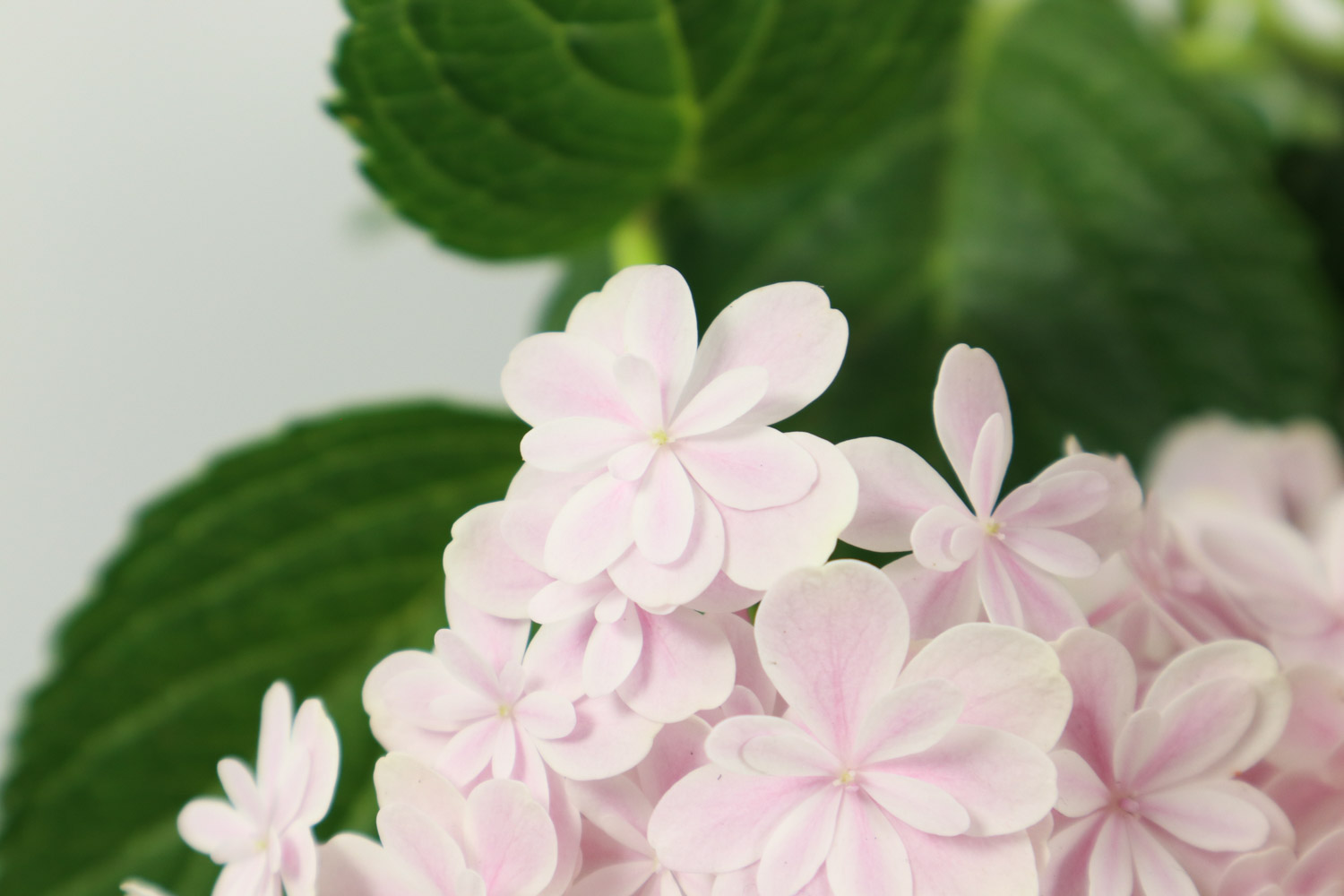
3、 The light is not right
Reason: long term cultivation in places with less light and lack of photosynthesis will lead to yellow leaves. If you don't pay attention to shade in summer and are exposed to strong light, it will also cause the leaves to turn yellow
Solution: usually keep it in a place with astigmatism and add enough sunshine. Don't keep it in a place with direct light in summer
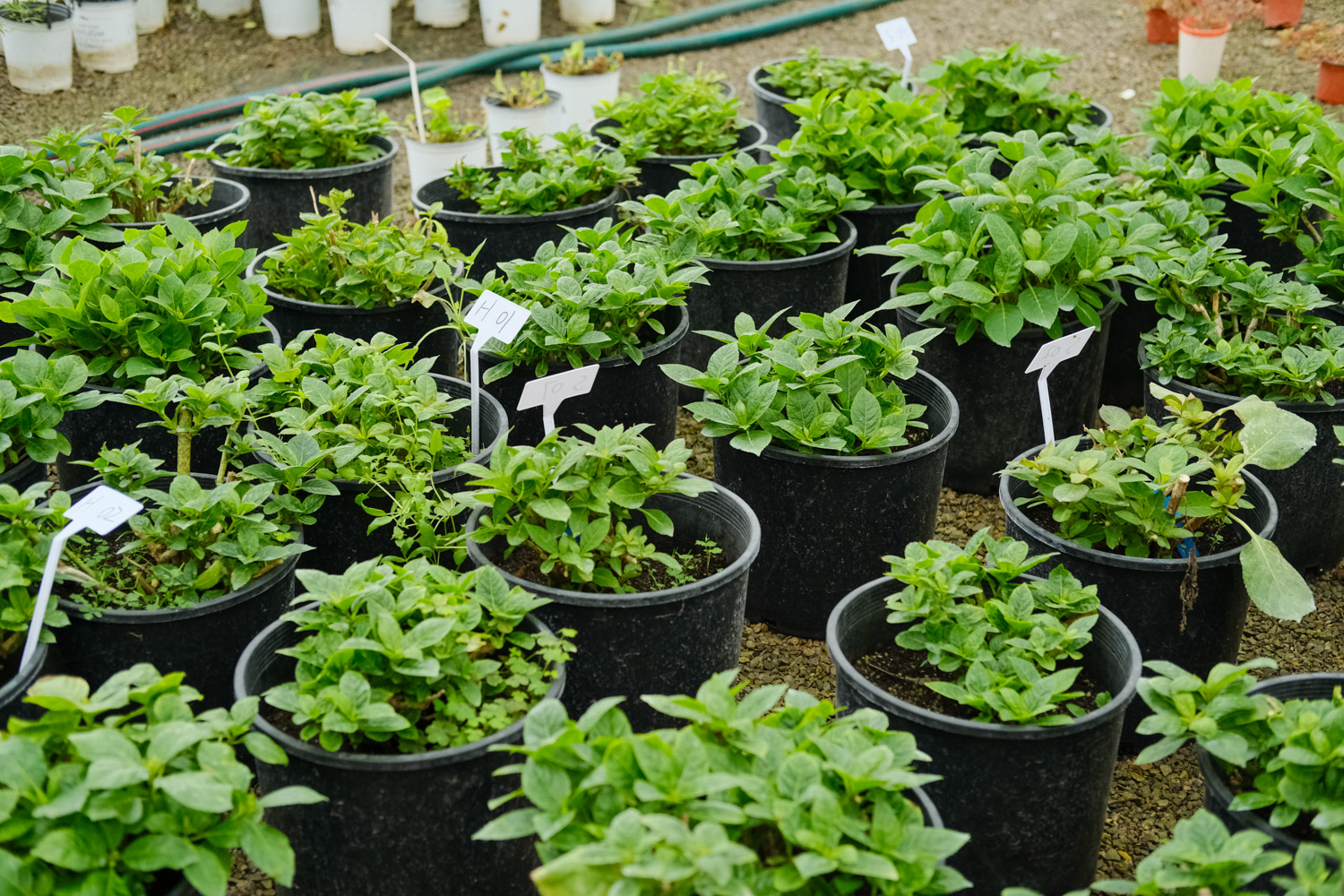
4、 Soil discomfort
Reason: Hydrangea likes acidic soil. If the soil is alkaline, it will cause yellow leaves. If the soil is sticky and hard, it will also cause yellow leaves
Solution: replace the soil suitable for growth, preferably acidic, and keep it loose and fertile

 How is it that the l...
How is it that the l...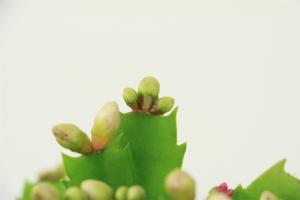 How do crab claw orc...
How do crab claw orc... Causes and treatment...
Causes and treatment... Causes and treatment...
Causes and treatment... What's the matter wi...
What's the matter wi...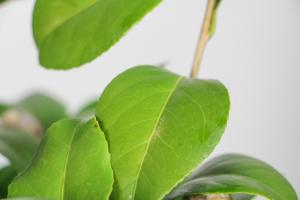 What's the matter wi...
What's the matter wi...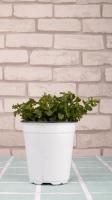 What's the matter wi...
What's the matter wi...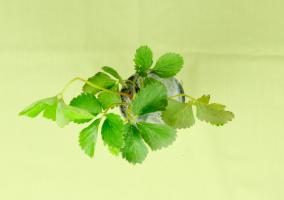 What's the matter wi...
What's the matter wi...



























